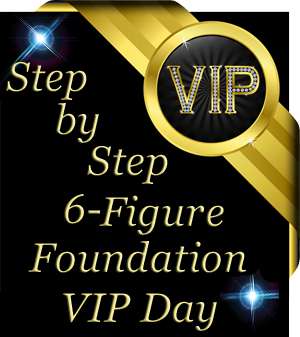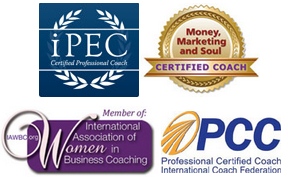7 Steps to Gracefully Handle Conflict with a Client
 We’d like to think it will never happen, but the truth is no matter how good we are at what we do, sooner or later a conflict with a client is bound to come up.
We’d like to think it will never happen, but the truth is no matter how good we are at what we do, sooner or later a conflict with a client is bound to come up.
It’s quite possible it has nothing to do with us at all. It might be entirely the client’s issue. However, as the business owner and coach, we still need to handle the situation with grace and integrity. That can be tough if our own buttons are being pushed, or if we feel put on the defensive.
Your clients look up to you for inspiration and to set an example. It’s important to maintain that trust, and the way to stay in integrity with them is not by being the perfect coach they may imagine you to be. It’s by demonstrating how to turn an unexpected upset or conflict into an opportunity for positive growth.
For example, let’s take a situation that might push the buttons of a lot of coaches. Just the fear of it can be triggering: a client who feels they are getting no value out of your coaching, perhaps even wanting their money back.
It’s perfectly normal for your first knee-jerk reaction to be fear, anger or other defensiveness of some kind. The best way you can serve your client and yourself is to recognize that and set it aside for the moment, in order to handle the situation appropriately.
Whatever you have to do, whether it’s take a few deep breaths, take a 15 minute break from the session or even a 24 hour break (tell them you need to reflect so you can respond thoughtfully if needed), do NOT engage in a conversation with your client when you’re in “reactive mode.”
Your reactive mode may include behaviors such as apologizing, offering to return their money, or overextending in some way to please. It might be anger, indignation and defensiveness.
In order to be the high integrity coach you want to be, your response needs to come from your core values and your “higher coach,” not your fear or desire to please.
Once you are out of reactive mode and in reflective mode, here are 7 steps to resolving any conflict:
- Look carefully to see if you have kept your word and delivered everything you’ve promised that is in your power to deliver. Have you kept your end of the bargain?
. - Was there a miscommunication somewhere along the line? In what way might you have unknowing creating a situation where the client had unrealistic expectations? What boundaries do either of you have that weren’t communicated or clarified?
. - Remember that your client is 100% responsible for their own experience and expectations. What have they done to handle the situation on their end? What more could they have done to handle it? In the case of the example above, what have they done to create value for themselves?
. - What part of the situation can you own, and what can you do to find a win-win solution to the current situation, without compromising the boundaries you have previously set with your client?
. - What policies, procedures, expectations and back-up plans can you put into place going forward that will prevent similar upsets in the future with this client or any others?
. - If you’re taking a break, check with someone you trust who can be unbiased and ask if the solution you intend to propose is fair, equitable and in integrity.
. - Communicate with the client and begin by owning whatever is reasonable for you to own. If your client isn’t taking any responsibility for their part, remind him or her without judgment of their responsibility in the matter. Then propose a win-win solution moving forward.
It’s important to remember that “win-win solution” does NOT necessarily mean your client gets what they want. It only means that after careful reflection you feel that the solution is fair and equitable under the circumstances. If you agree to any of their requests or demands, be certain you are not compromising yourself.
When you handle conflicts in this way, you are being the kind of coach your clients respect: Someone who walks their talk and sets the example of honoring their principles and values.
Best of all, you are being the kind of coach YOU respect, and that’s the most important benefit of all.








Thanks Kellie, good stuff. I have found that by reviewing the initial agreement after every 4 sessions together, it gives coach and client an opportunity to review progress, frustrations, or whatever may be just under the surface. Often something does come up, and course correction is easy and feels empowering for both coach and client.